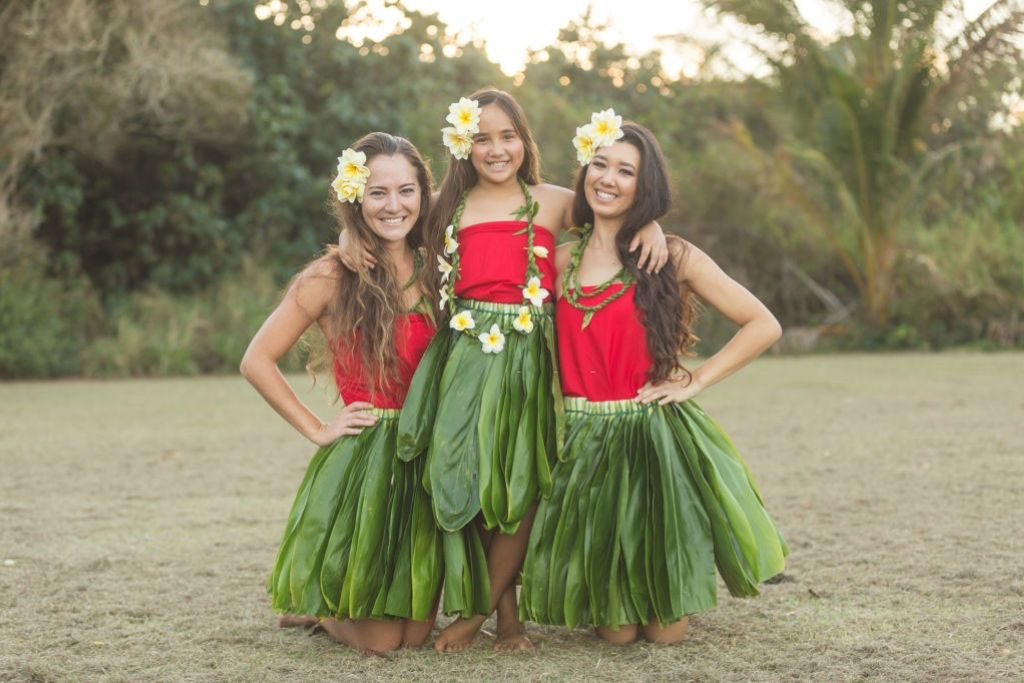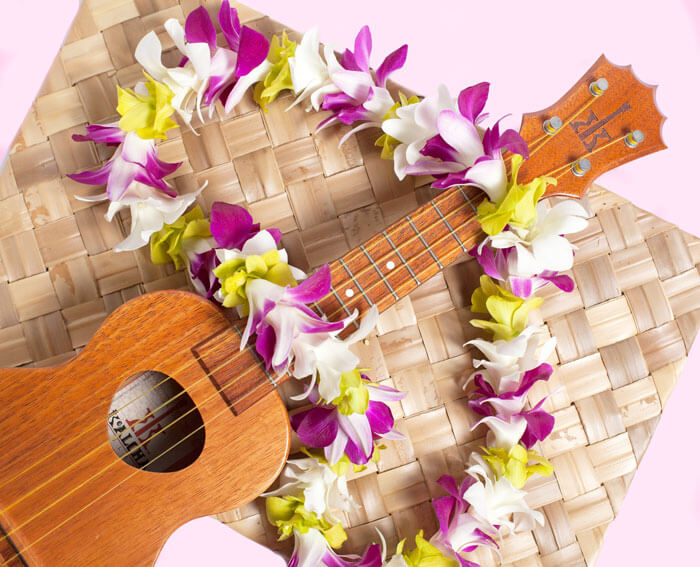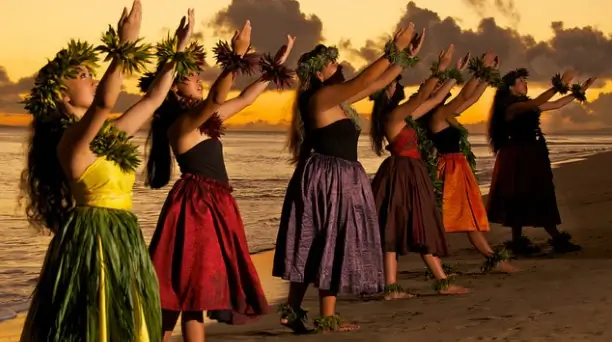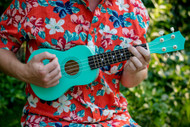Interesting Guide to Traditional Hawaiian Costume
Posted by Maris on 8th Aug 2023
When people think of traditional Hawaiian costumes, what generally comes to mind is the clothing worn after the European settlement of the islands. Many Hawaiians, anxious to preserve the strong history of their culture, have gone to painstaking efforts to re-create more exact costumes to be used in festivals and other important rituals. While some items are artisanal and challenging, some traditional Hawaiian items can be bought or made to wear and enjoy.
Traditional Costumes of the Hawaiian Culture

The tropical climate of Hawaii has never been conducive to more conservative European dress. Early Hawaiians covered themselves more in tattoos than garments. Tattoos, or kakau, were a way of designating one’s societal position and abilities. As far as Hawaiian clothing was concerned, this was made of bark cloth or grasses and kept to a minimum.
Such clothing could protect delicate skin while keeping the wearer comfortable in the heat and humidity. The kapa, a woven and pounded cloth made of bark, took trained artisans, sometimes months of painstaking work to create one garment. Rituals were necessary; with them were ritual clothing and makeup, usually made of clay. Men and women used feathers and tattoos to designate their position. Chiefs used feathers to show their importance. Capes and helmets were made of woven feathers, the more spectacular the better.
The Hawaiian Lei

It’s impossible to think of traditional Hawaiian costume without envisioning a lei, the floral wreath with which every visitor to Hawaii is customarily greeted, showing that they are welcome. It’s said that these were originally given as offerings to the gods. Other legends say that the wreaths were introduced by Polynesian visitors and quickly caught on as a form of beautification. More importantly, they were also used as peace offerings between warring tribes. Leis are usually made of flowers, but can also include such items as shells, seeds, nuts, feathers, bones and teeth.
Hawaiian Shirts and Muumuus’
Men’s Hawaiian shirts and the similarly patterned muumuus for women are both descendants of the missionaries’ design that was forced upon the native people. They are both now considered acceptable for a luau and a classic part of the Hawaiian wardrobe. The best shirts and muumuus are made of natural fabrics like cotton and silk and feature beautiful floral patterns native to Hawaii, traditionally using watermarking or stamping techniques. Although these offered more coverage than the native people were once used to, these natural, less-treated fabrics can still breathe, thus allowing the wearer to remain comfortable in the tropical climate.
Both men and women at a luau will traditionally wear some floral headdress rather than a hat. A straw hat can be acceptable, especially if it is adorned with flowers, shells, or other accessories native to Hawaii.
The Hula Costume

The most recognizable traditional Hawaiian costume is ritualistically one of the most important. The hula dance was a way of worshipping the gods and telling stories – crucial in an oral tradition. The primary costume was a lei, a pa’u skirt or grass skirt, and ankle bracelets made of whalebone or dog’s teeth. Both men and women danced, although only men were allowed to sing the stories. The men’s dances were more active and vigorous. Missionaries denounced the hula and in 1830, queen Ka’ahumanu, a convert to Christianity, banned public hula performances.
Officially, the hula was prohibited, but the dances continued to be performed secretly so they could be passed down. Nowadays, they are still performed today much as they were centuries ago. The costumes, however, are now more modest, even in a traditional ceremony. Women wear long skirts and a top or a muumuu; men wear trousers and a malo, a wrapped cloth. Only a few performances will feature grass skirts, which tend to be worn over fabric clothing.
The “bra” of coconut halves seen in Hawaiian costumes for sale or rent in costume shops is a mythical European idea of what women wore to dance, as they generally did not wear anything to cover their torsos.


